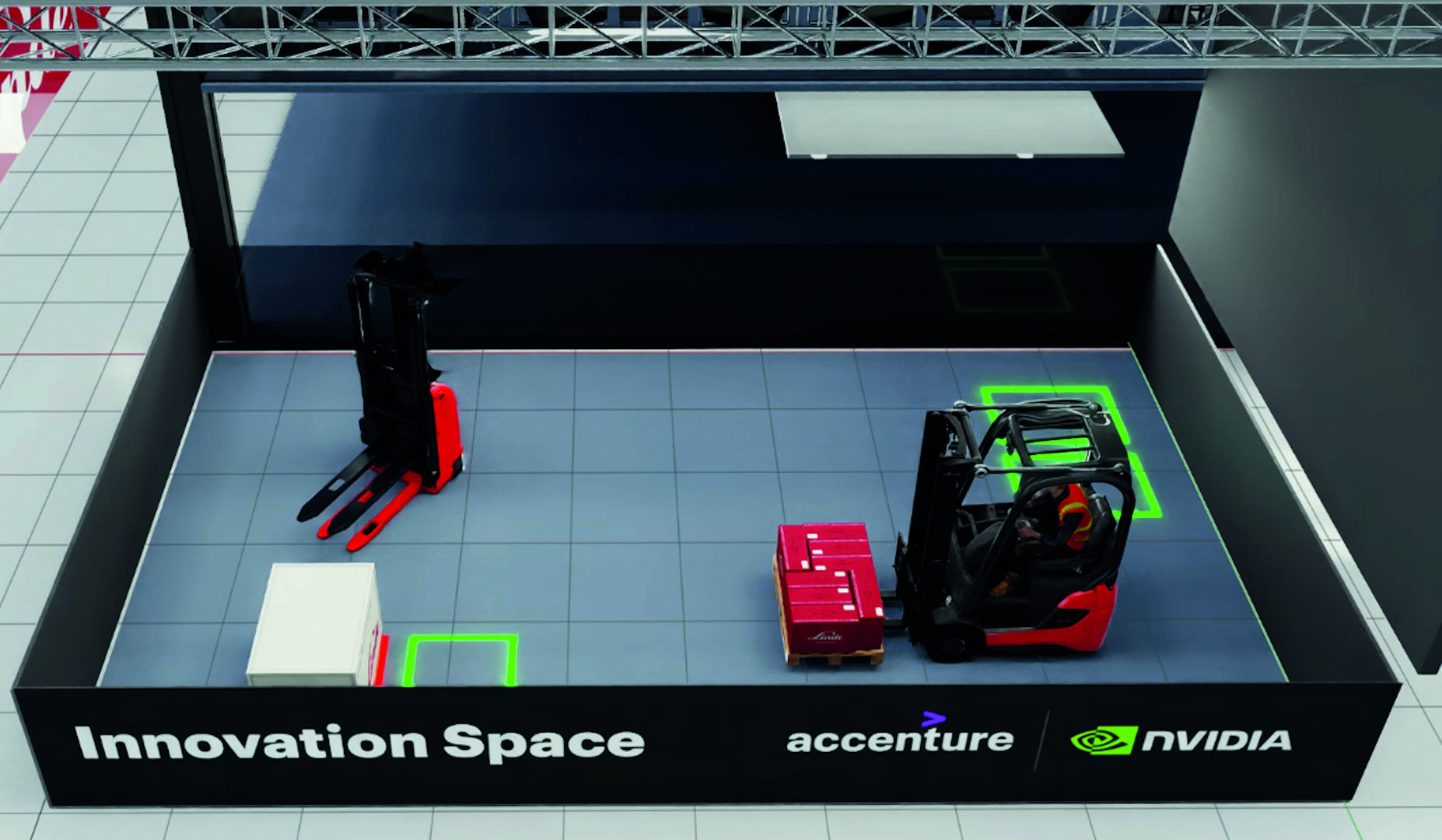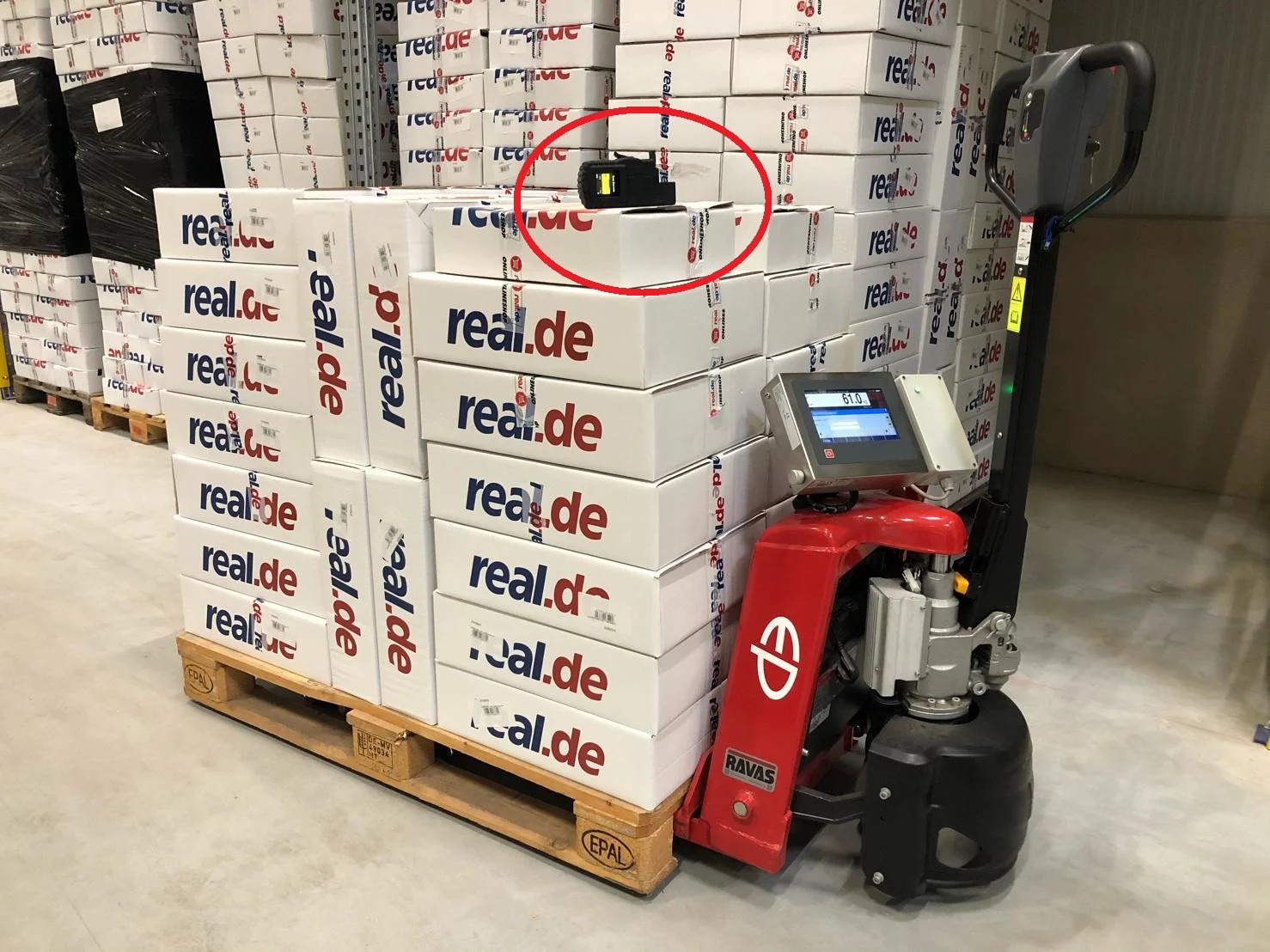For distribution operations on sea or land, by far the biggest daily cost is fuel. Added to this is the pressure to go green for very many reasons, writes Richard Shepherd-Barron.
The use of alternative fuels to fossil-derived products across a wide range of logistics applications continues to increase as companies move forward into more environmentally friendly operations with zero or low emissions – electricity, hydrogen, compressed natural gas (biomethane) or methanol.
Now that many retailers have rigorous sustainability policies, this means that they will be seeking out and then favouring ‘green’ partner companies over their less sustainable competitors. An example this is the introduction by Maersk of the fifth ship in a series of 18 large dual-fuel methanol vessels scheduled for delivery from last Autumn through 2025. The ‘Alexandra Maersk’ (pictured) – 47,700 tonnes and 16,592 TEU – was named in a ceremony at Felixstowe last October. These new methanol-enabled ships are at the core of Maersk’s ambitious decarbonation plans as low emission methanol can reduce the greenhouse gas (GHGH) emissions by 65 to 90 per cent.
A major user of Maersk’s services is the well-known British and international retailer Primark, which employs more than 80,000 people across 17 countries. Their CEO, Paul Marchant, said during the naming ceremony: “We’re committed to reducing the impact we have on the environment across our entire operation, including our supply chain. Through our partnership with Maersk we’ve started to introduce green fuel alternatives when shipping our products by using Maersk’s ECO Delivery Ocean product and replacing fossil fuels with green fuel alternatives, we’re reducing our greenhouse gas (GHG) emissions in our ocean shipping.”
On a rather different scale, Carisbrooke Shipping, based in the Isle of Wight and Rotterdam, operate 26 vessels between 5,000 and 17,000 tonnes in European waters. Natalia Walker of Carisbrooke explained: “We’re part of a consortium, led by Carnot Ltd, which has been awarded £2.3 million to deploy its 70% efficient 50kW marine hydrogen engine to provide auxiliary power on a general cargo vessel. The project will explore how hydrogen can be used to generate electrical power on board cargo vessels. The demonstrator vessel – the ‘Kathy C’ (4,151 tonnes) – is a UK-flagged general cargo vessel designed to carry multiple types of dry cargo from grain to aggregates and is scheduled to undergo real-world testing this year.”

The Carnot 50-kW engine is a precursor to 200 to 400kW auxiliary engines, and eventually to 1 top 10MW main engines. The hydrogen fuel is supplied by Compass Syngas Solutions, based in Deeside, Wales, who secured almost £4 million in government funding to make its biomass and waste-to-hydrogen plants even greener by using carbon capture from its hydrogen production from waste wood and other selected non-recyclable materials.
Electric Vans
On land, many developments are taking place, very much dependent on operating requirements: Vauxhall has started customer trials with its Vivaro hydrogen van, involving some of the UK’S largest fleets. James Taylor, Vauxhall’s MD, said: “As the UK’s best-selling electric van manufacturer for the past three years, we’re already leading the way in electrifying Britain’s businesses.” To emphasise this, Royal Mail have just taken delivery of their 6,000th electric vehicle.
Marks and Spencer have introduced 85 lower emission vehicles to its fleet. Five of these are battery electric Renault 42-tonne units which will deliver to 30 M&S across London and the South East. In addition, 80 new trucks, fuelled by compressed natural gas (biomethane), will join the fleet, 50 of these being operated by Gist in its food supply chain system. Julian Bailey, Head of Group Transport at M&S, commented: “Adapting our logistics network is vital in achieving our Plan A Net Zero ambition. We’re committed to reducing carbon emissions from our transport.”
In Germany, Nippon Gas and the Hoyer Group have introduced the first hydrogen-powered truck to transport dry ice. The truck has short refuelling times and a long range, which is exactly where a battery electric truck reaches its limits. Watch this space for more fuel innovation.
similar news













